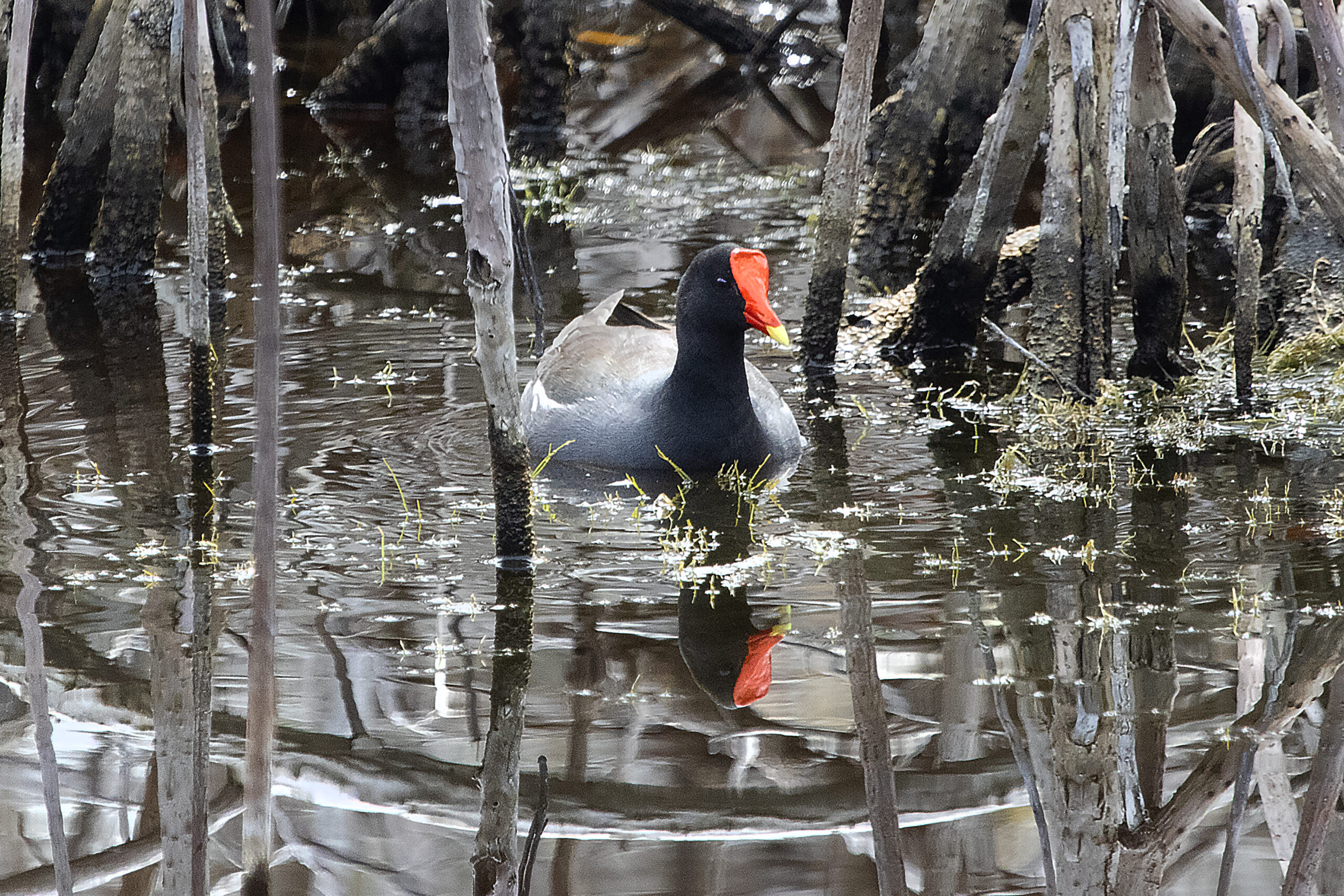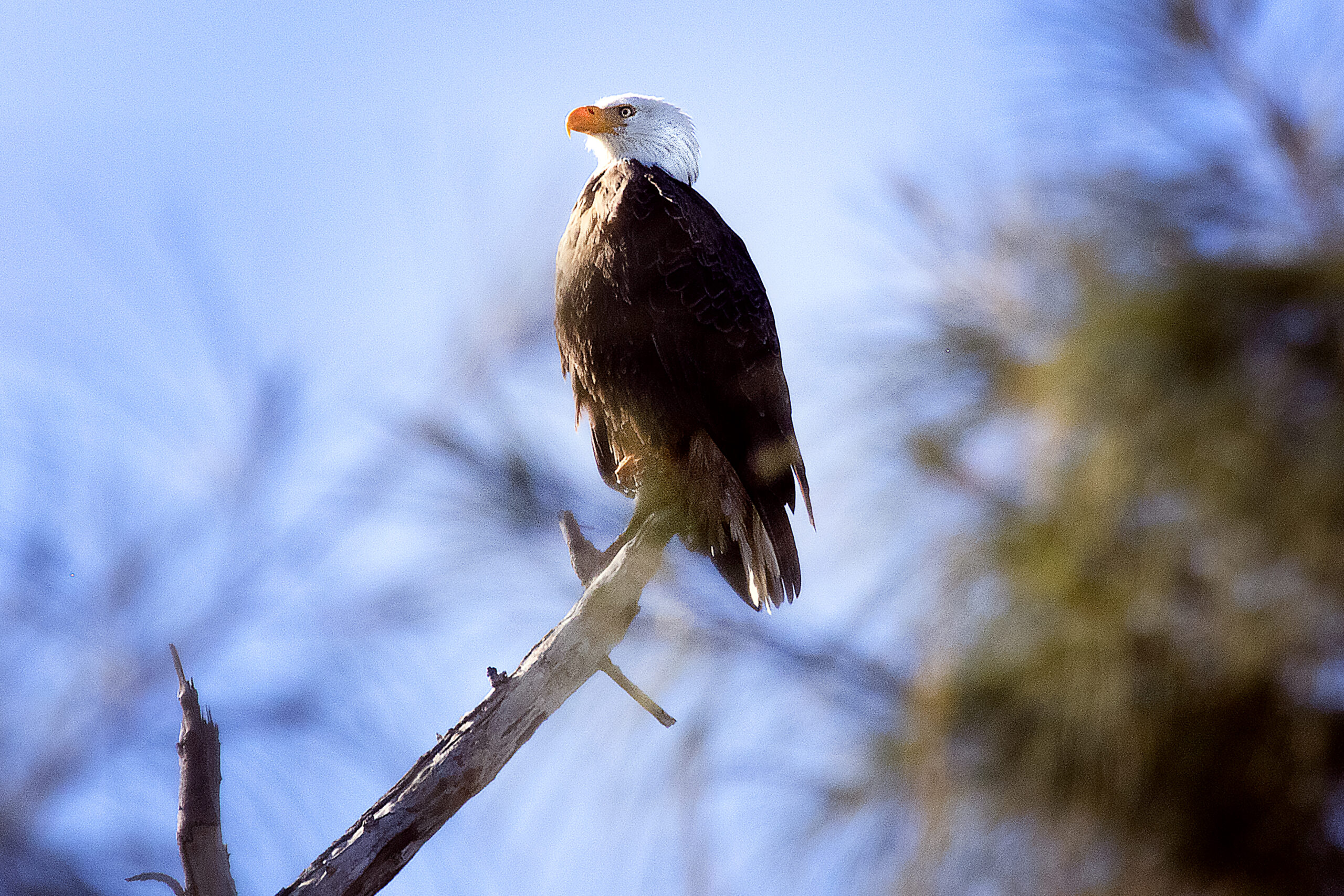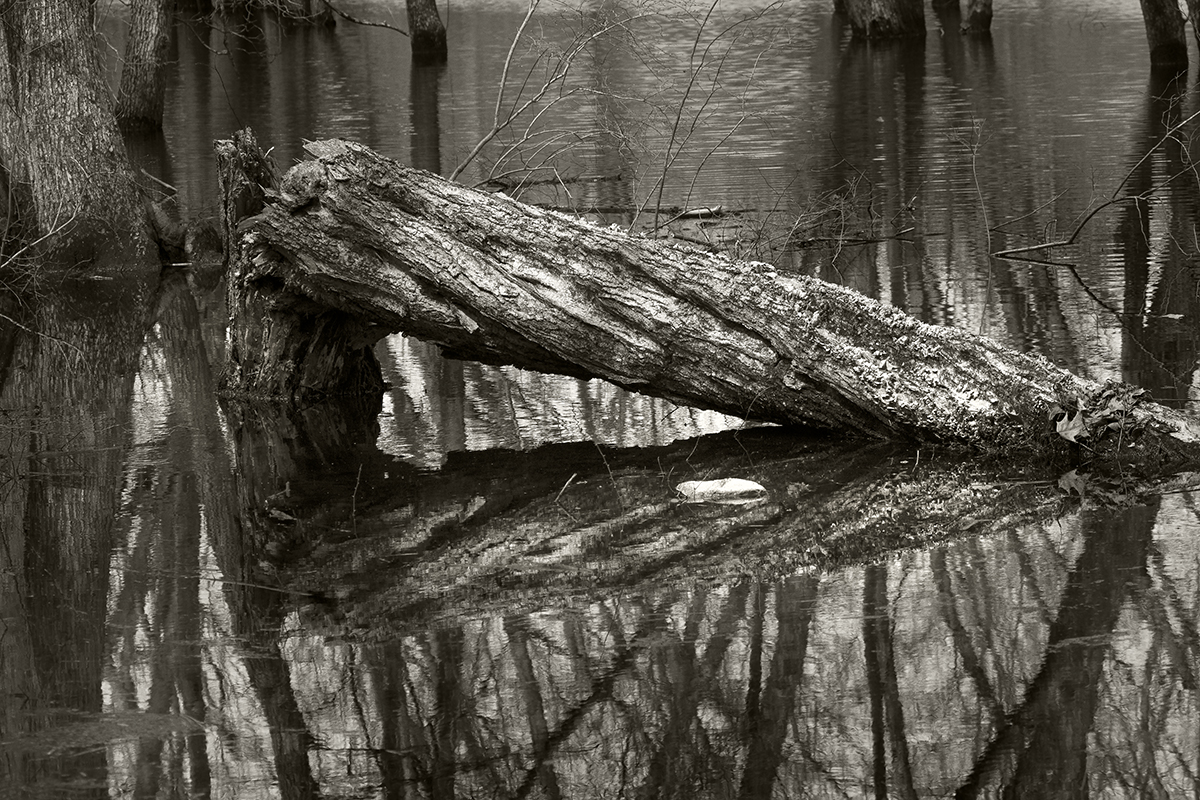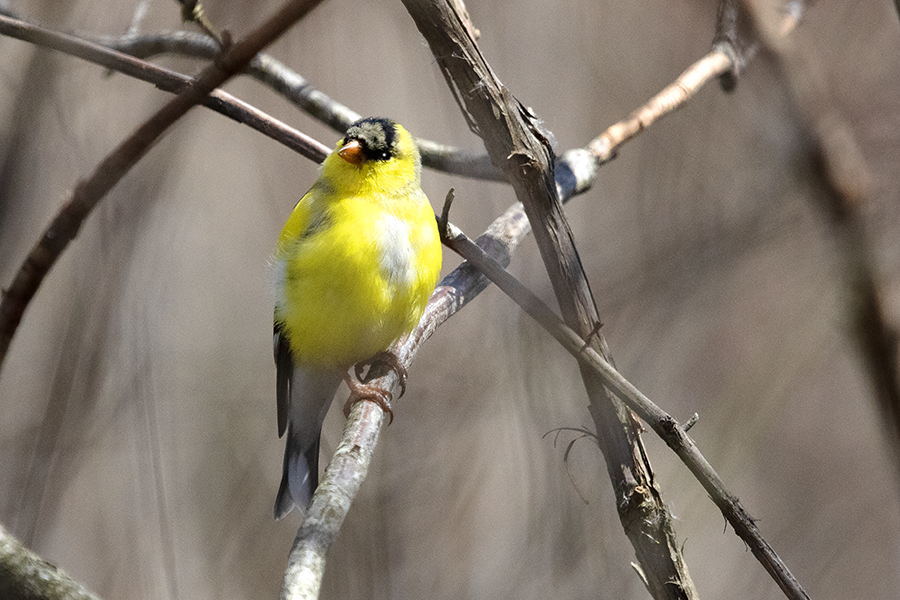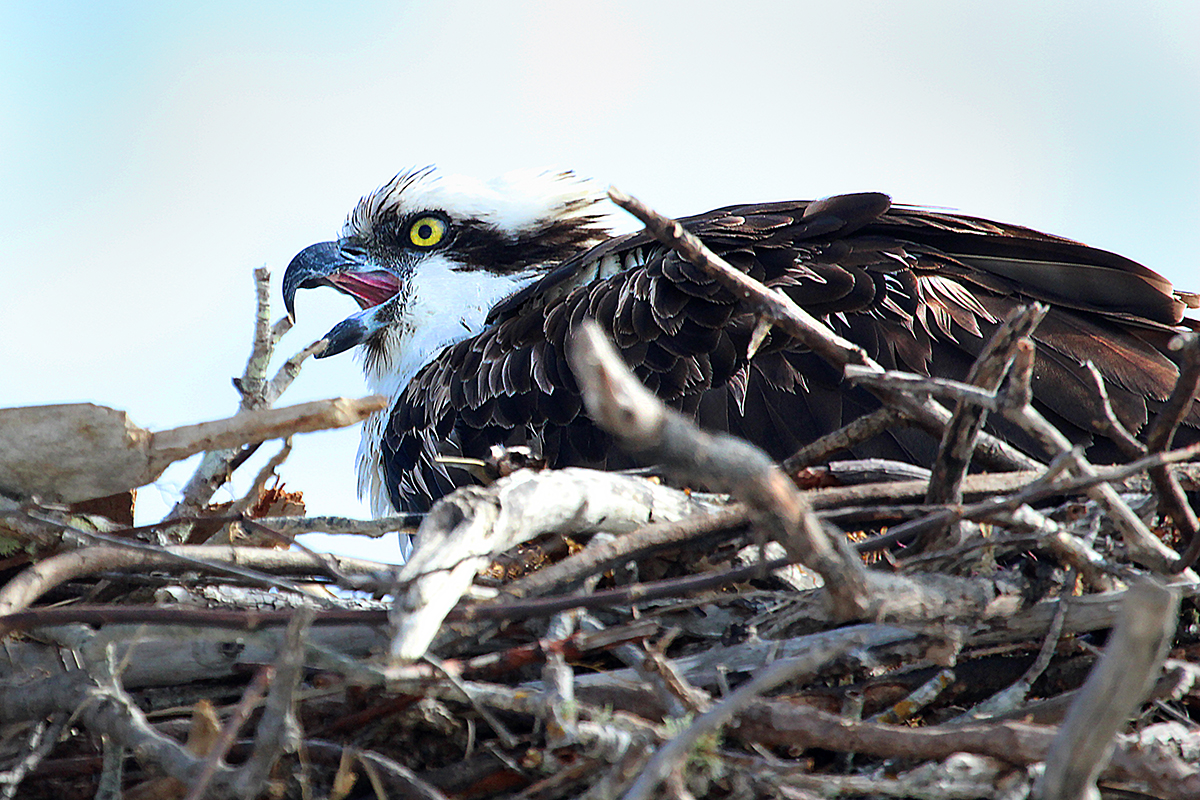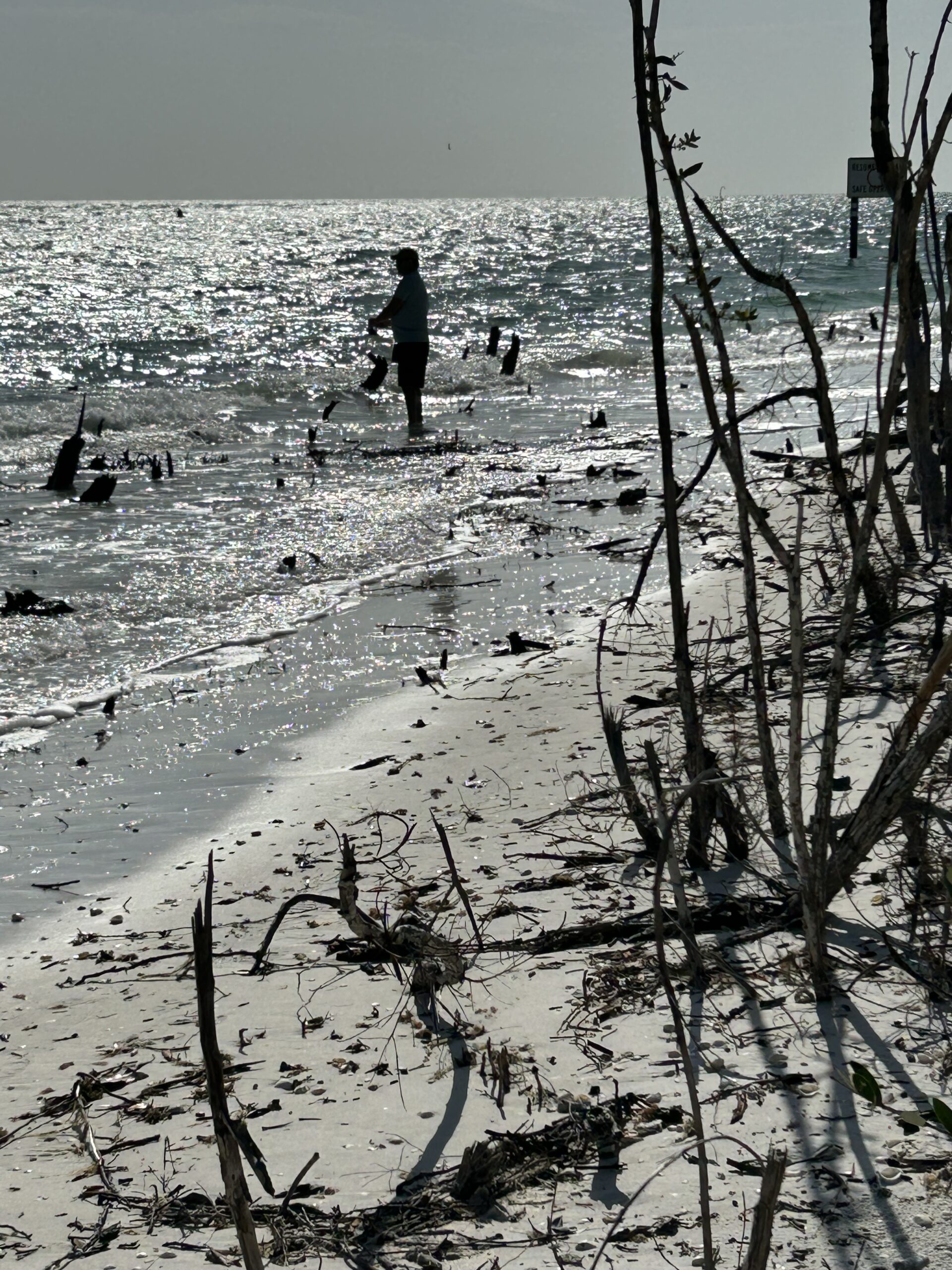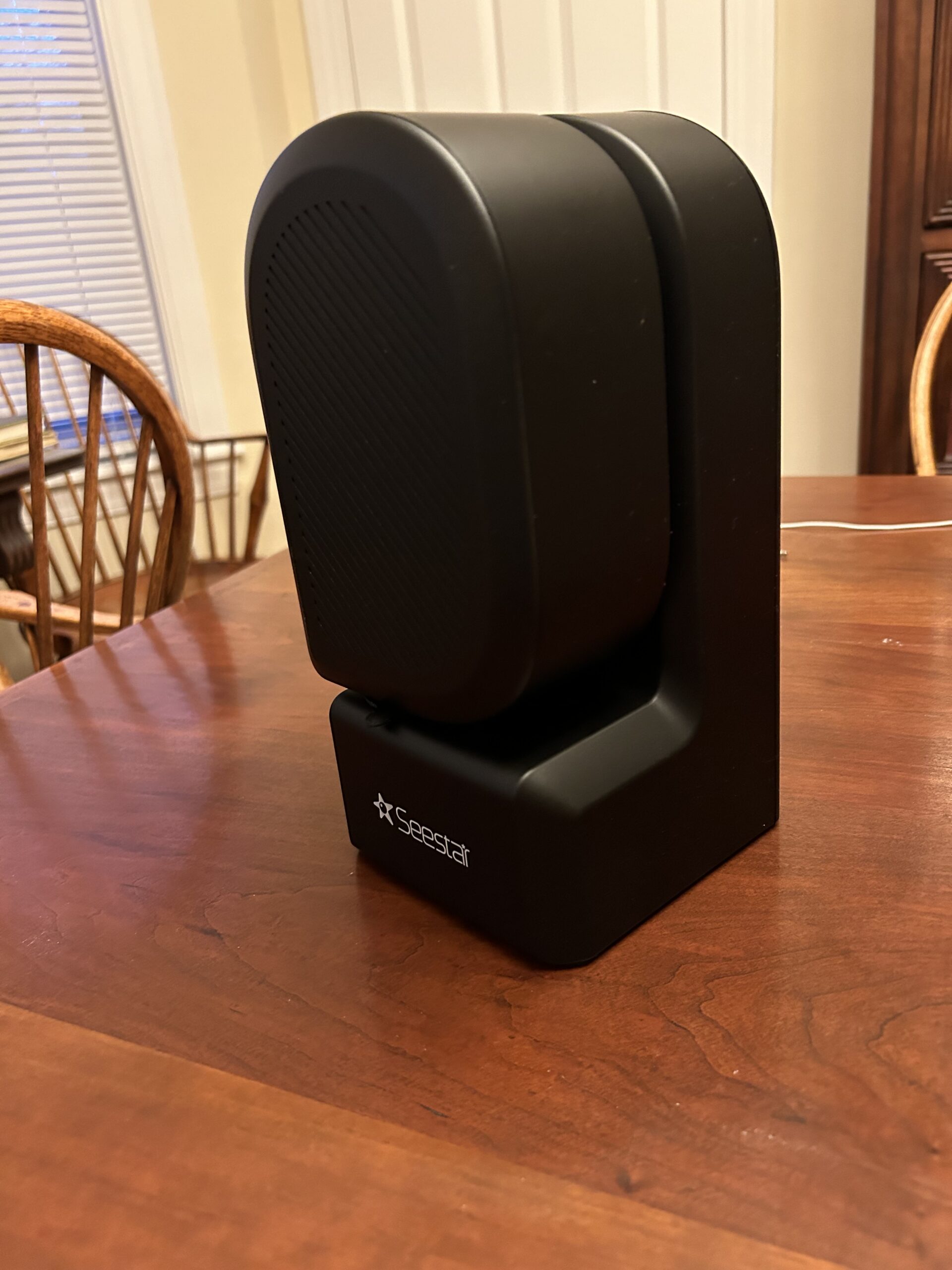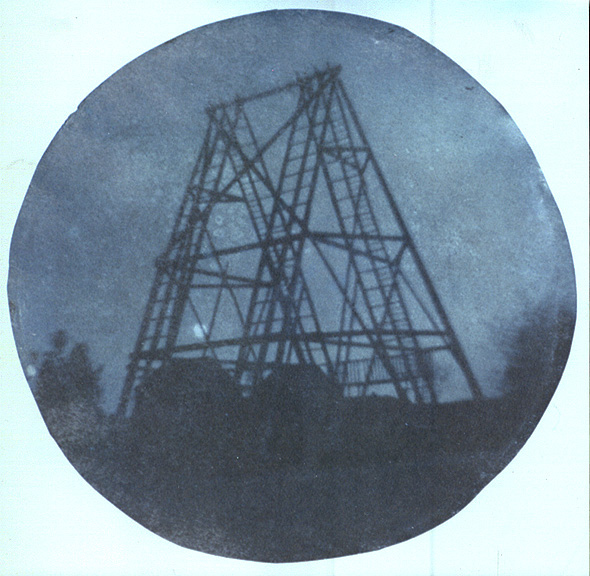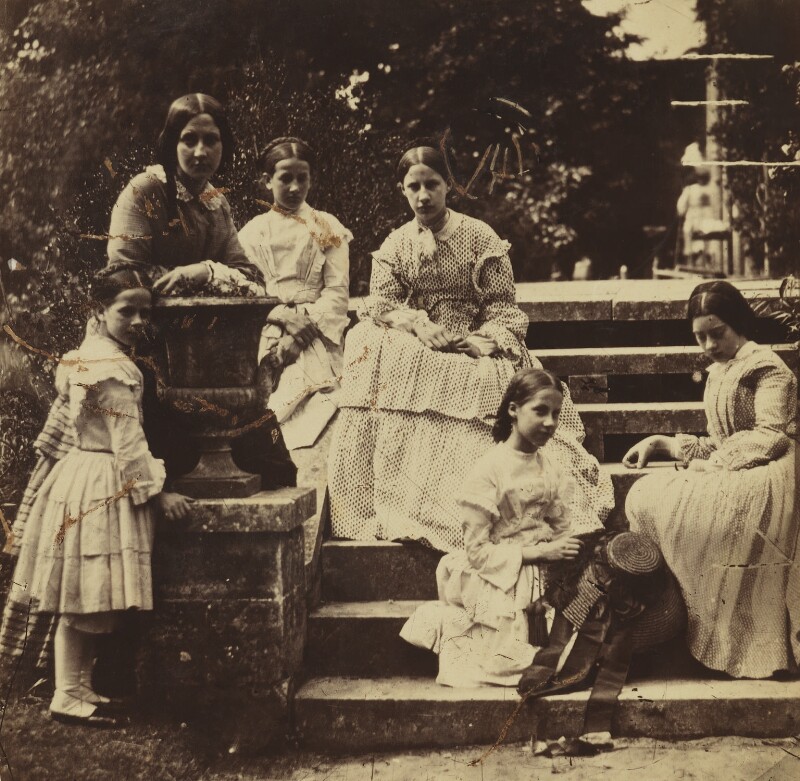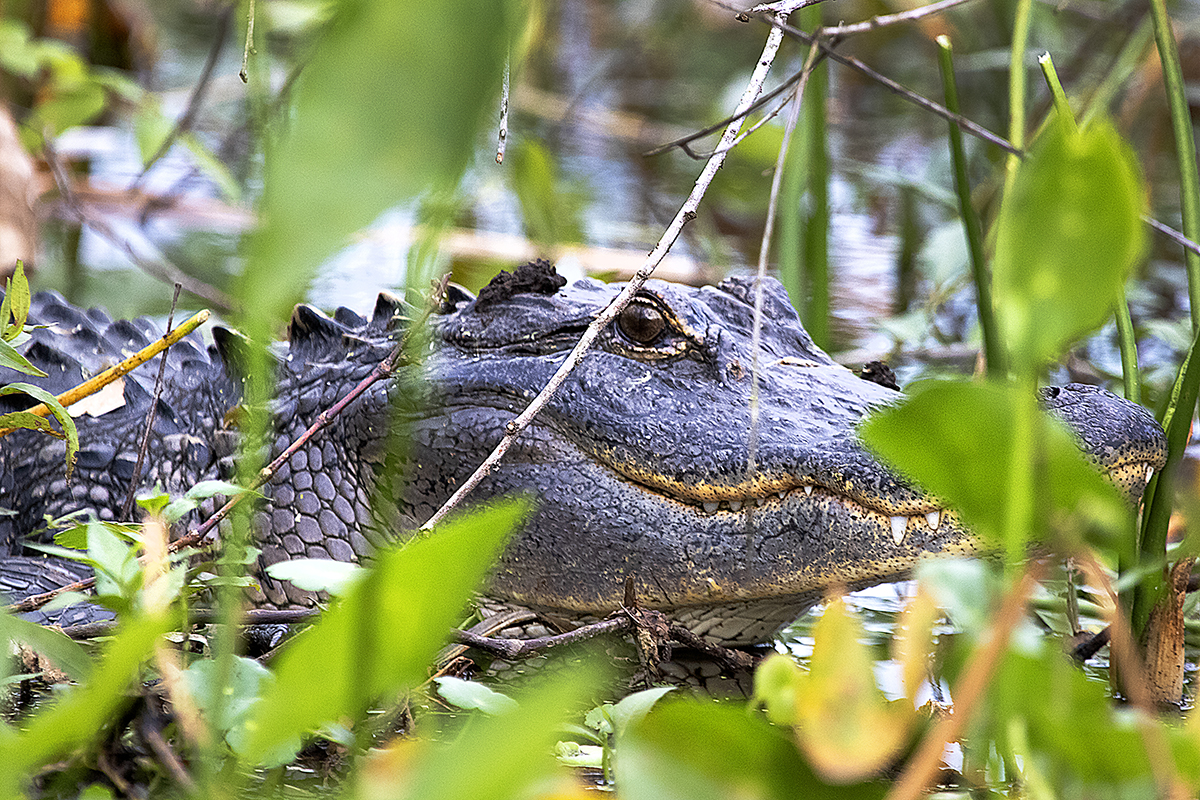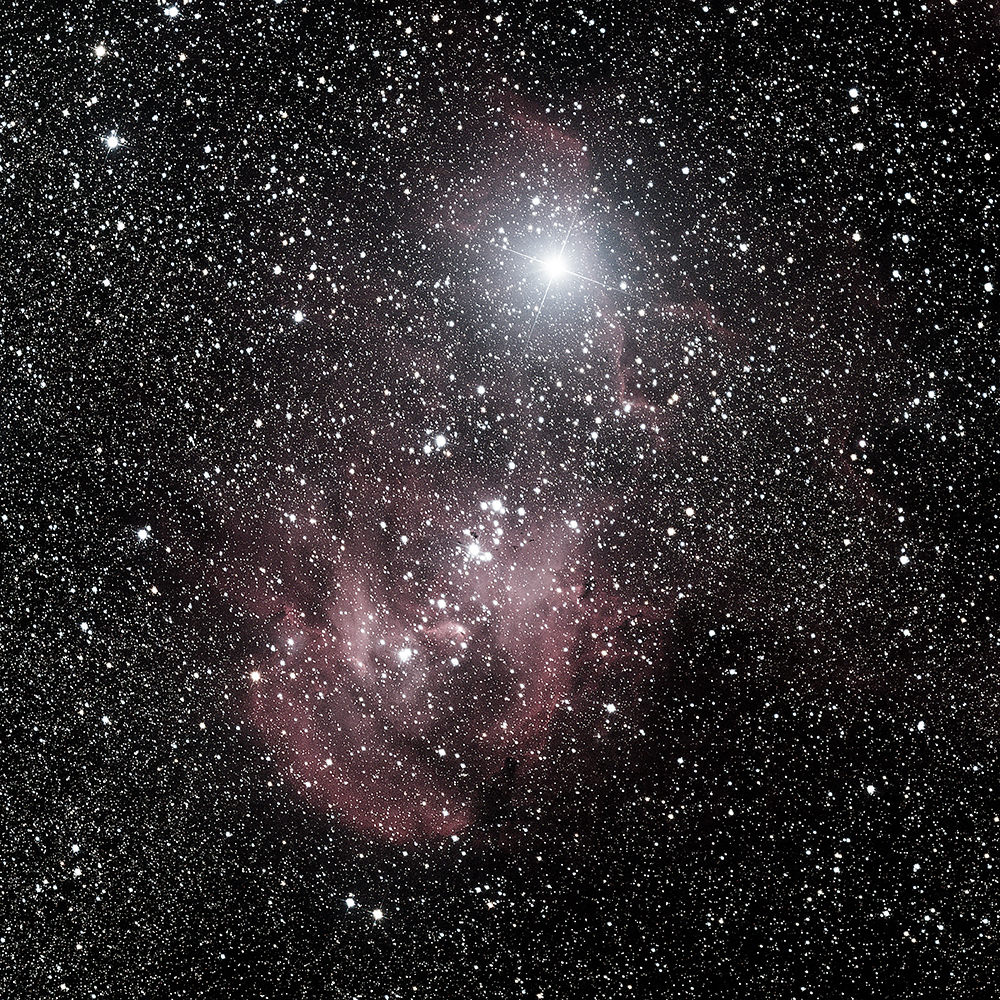
I wanted to post this morning an image that I took last night on a favorite 180 mm Takahashi iTelescope T71 in Chile. There are a number of important points to be made here, but start with the rich diversity and a kind of out of reachnes, for us in the northern hemisphere, exoticism of the southern skies. The image is of IC 2944, known variously as the Running Chicken Nebula, the Lambda Centauri Nebula or the λ Centauri Nebula. It is an open cluster with an associated emission nebula.
If you look closely at the image you will see dark spots resembling dirt. These are, in fact Bok globules, small dense nebulae composed of dust and gas believed to be the sites of active star formation.
When it comes to astrophotography, I am always struck by the contradiction between the joy of creating an image with dramatic dynamic range yet not exaggerated color, and the sublime joy of visual astronomy, where the object hangs in an infinite space, and where the colors are muted by the insensitivity of our photopic or color vision. Nothing beats aesthetically the sense of “looking” through the telescope

